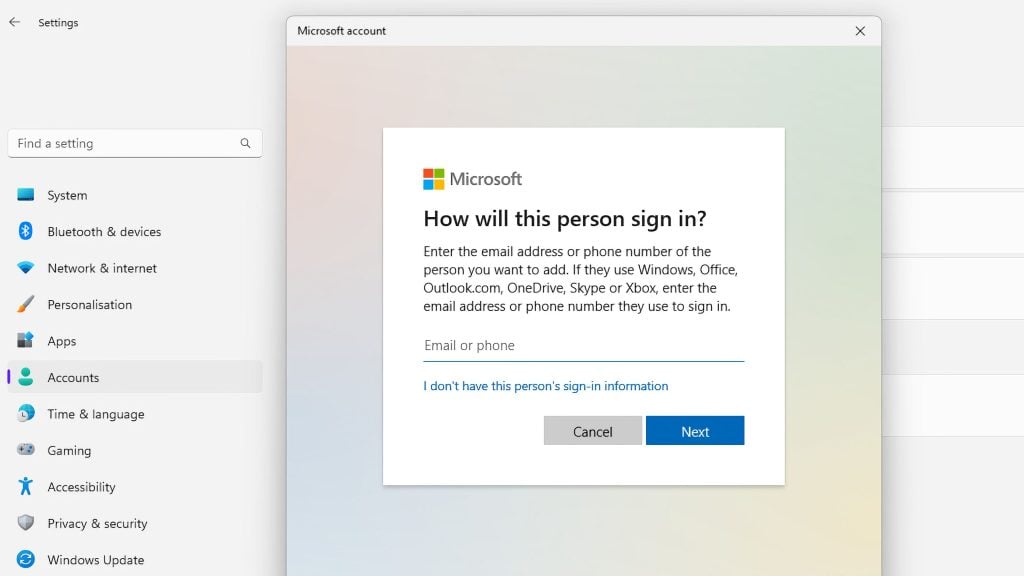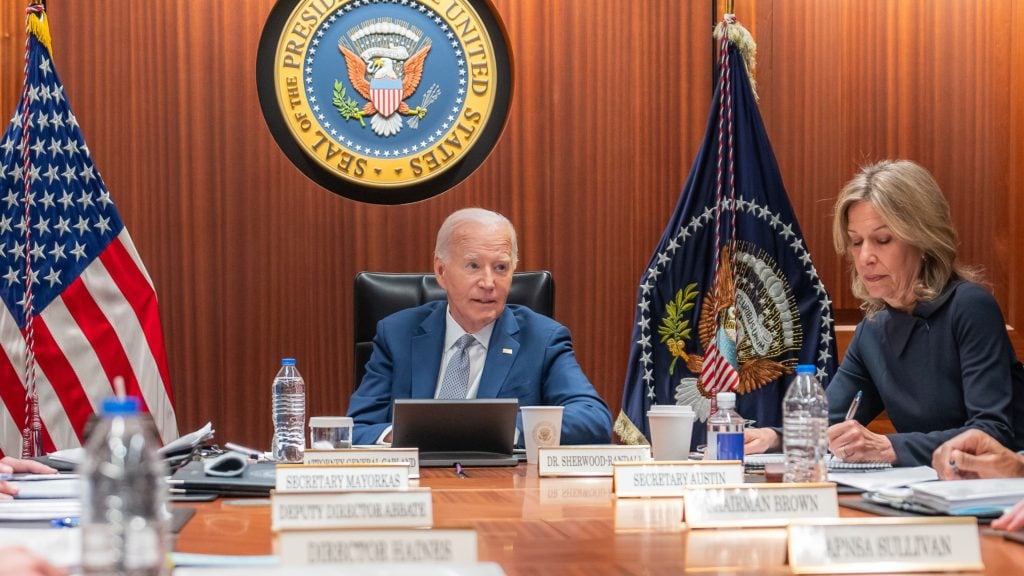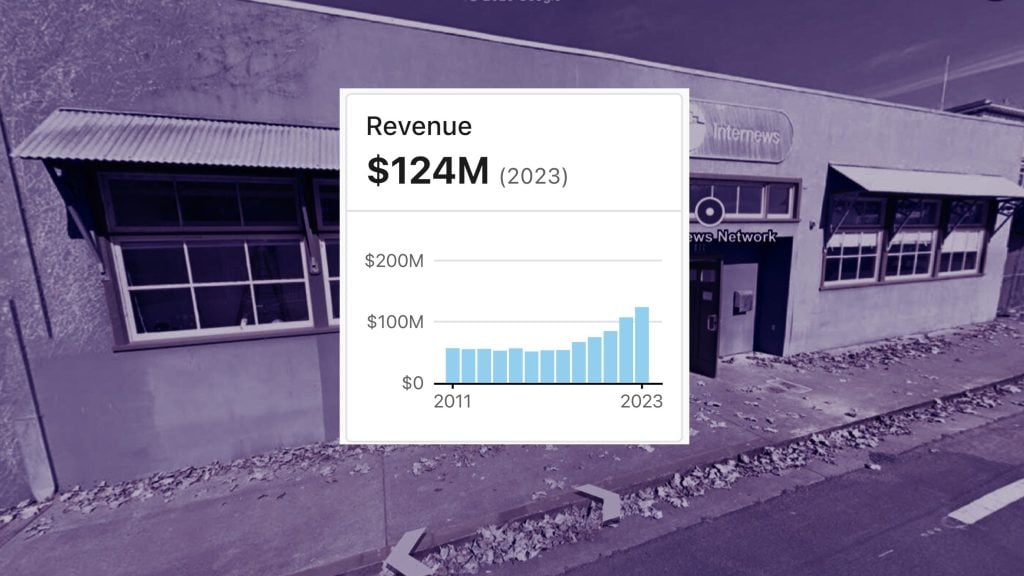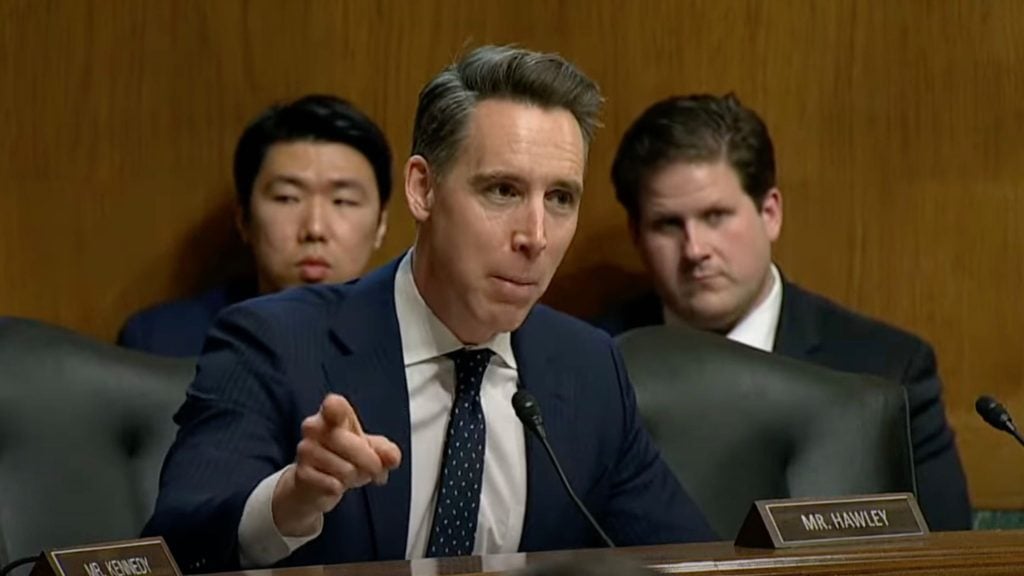When it comes to suspected or proven privacy and free speech violations and policies driving and supporting mass surveillance, the UK’s GCHQ has been turning up like a bad penny, in plain sight, for almost a decade now.
But not even Edward Snowden’s revelations, backed up by facts, have been enough for mainstream media to start reporting about the spy agency’s activities – such as the recently announced “Pioneering a New National Security: the Ethics of AI” paper with proper journalistic scrutiny.
There’s a lot more to worry about here than the declining quality of journalism; the paper is revealing that the agency plans to join the “war on disinformation” – all too often shorthand for all-out politically motivated online censorship – by using Artificial Intelligence (AI), such as it is.
And to the best of anyone’s knowledge, AI today is for the most part simply at the Machine Learning (ML) level. GCHQ suggests that it will use precisely this algorithmic technique to achieve “fact checking through validation against trusted sources.”
In defense against the techniques GCHQ says are already used by other “actors” – “AI enabled tools could be deployed for machine-assisted fact checking through validation against trusted sources and to detect deepfake media content, providing us with the techniques and ability to detect and block botnets with machine-generated social media accounts,” the paper said.
Another benefit of deploying AI is to launch “online operations” that would “counteract these malicious accounts,” it added.
Aside from the fact the tech itself has a long way to go before it becomes full effective or even “trustworthy” – the question, that appears to have not yet been asked by mainstream outlets that have been covering this new paper so far – is the length and breadth of the agency’s powers in fact checking and source validation.
For that reason, it remains unclear if GCHQ will fact-check select “hostile actors” or every UK citizen, or how the spy outfit plans to carry out its announced online operations against identified sources of information.
The media who write about the new paper uncritically, meanwhile, are “selling” the story to their audiences by proclaiming the publication of the document as the height of transparency, and the policy’s goals as haughty as stopping child abuse.
Behind this litany of keywords that no one in their right might would oppose, however, could lie less noble intentions, as recent history teaches us. But that’s not something mainstream media seem willing to explore any time soon.






















